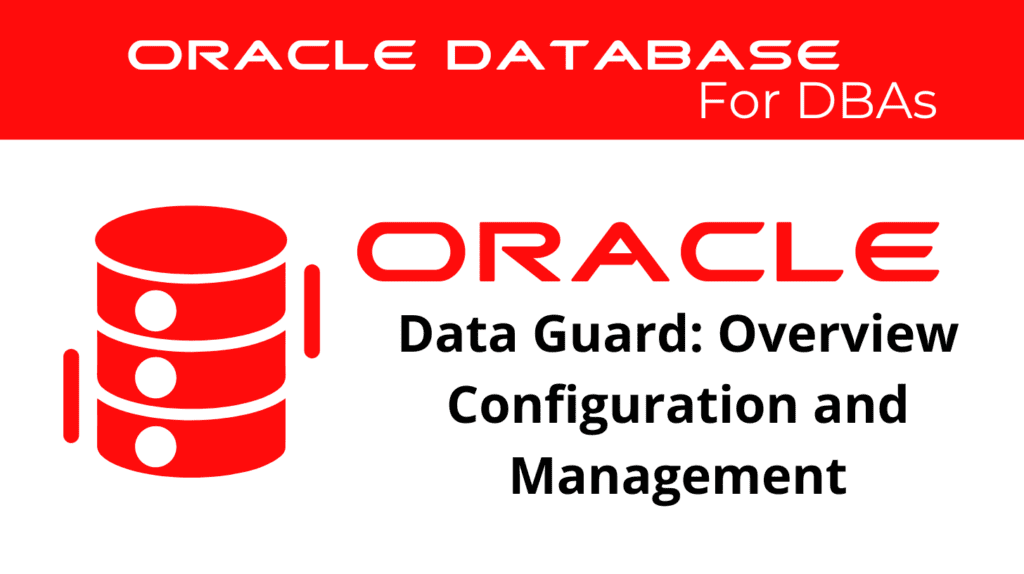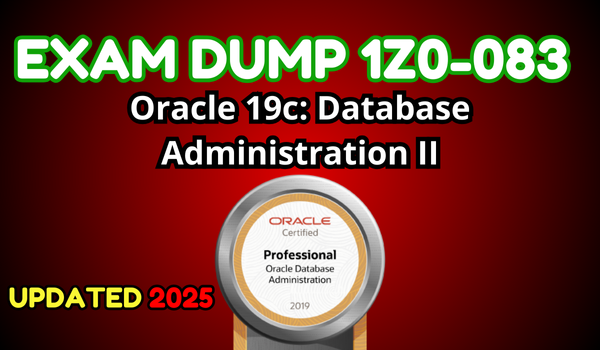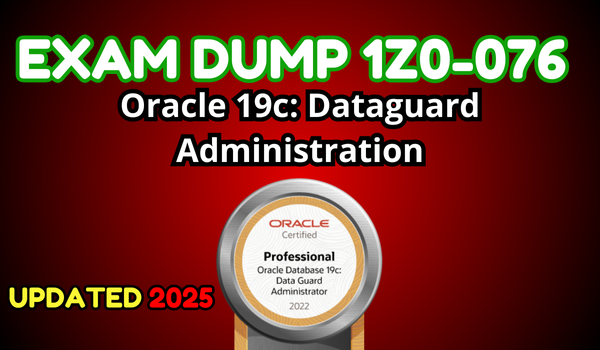
Oracle Data Guard is an essential component for ensuring high availability, data protection, and disaster recovery in Oracle Database environments. In this blog, we will discuss the steps to configure and manage Oracle Data Guard, along with best practices and recommended tools. This guide aims to provide a comprehensive understanding for database administrators seeking to implement Oracle Data Guard Configuration efficiently.
Steps to Configure Oracle Data Guard
Configuring Oracle Data Guard involves several crucial steps to ensure that your standby database is set up correctly and synchronizes seamlessly with the primary database. Here’s a detailed guide to get you started:
- Prepare the Primary Database: Ensure that the primary database is in ARCHIVELOG mode and has FORCE LOGGING enabled.
- Create a Standby Database: Utilize RMAN to duplicate the primary database for standby. This involves creating a standby control file and initializing parameters.
- Configure Network Connectivity: Set up the Oracle Net configurations (tnsnames.ora, listener.ora) to allow communication between primary and standby databases.
- Set Initialization Parameters: Adjust the initialization parameters in the standby database to facilitate Data Guard operations.
- Start the Data Guard Broker: Utilize the Data Guard Broker for easier management and monitoring.
It is important to follow these steps meticulously to avoid configuration issues.
Managing Oracle Data Guard
Once Oracle Data Guard is configured, managing it involves monitoring and performing regular maintenance to ensure data synchronization and high availability. Key management tasks include:
- Role Transitions: Perform switchover and failover operations when necessary. Switchover is a planned role reversal, whereas failover is an unplanned one due to primary database failure.
- Monitoring: Use Oracle Enterprise Manager or Data Guard Broker to monitor the health and performance of the Data Guard configuration.
- Testing: Regularly test your Data Guard setup by performing role transitions in a controlled environment.
- Patching and Upgrades: Apply patches and upgrades to both primary and standby databases to ensure they are up-to-date and secure.
By following these management practices, you can ensure that your Data Guard setup remains robust and reliable.
📢 You might also like: Oracle Data Guard: Common Challenges and Solutions (Category: DataGuard)
Best Practices:
Implementing best practices is crucial for maximizing the efficiency and reliability of Oracle Data Guard. Some recommended practices include:
- Use Data Guard Broker: The Data Guard Broker simplifies configuration, monitoring, and management tasks.
- Configure Fast-Start Failover: Enable Fast-Start Failover to automate the failover process and minimize downtime.
- Regular Backups: Perform regular backups of both primary and standby databases to safeguard against data loss.
- Network Optimization: Ensure that network settings are optimized for Data Guard traffic to prevent latency and performance issues.
- Test Disaster Recovery Plans: Regularly test your disaster recovery plans to ensure they are effective and up-to-date.
Tools for Oracle Data Guard:
Several tools can assist in the configuration, management, and monitoring of Oracle Data Guard:
- Oracle Enterprise Manager: Provides a comprehensive interface for managing Data Guard environments.
- Data Guard Broker: Automates and simplifies the management of Data Guard configurations.
- RMAN (Recovery Manager): Essential for backup and recovery operations within Data Guard setups.
- Oracle GoldenGate: Works in conjunction with Data Guard for advanced replication and data integration needs.
Using these tools can significantly streamline the management of your Data Guard setup, ensuring higher efficiency and reliability.
See more info on Oracle’s Website!
Conclusion
In conclusion, configuring and managing Oracle Data Guard effectively is vital for maintaining high availability and data protection in Oracle Database environments. By following the steps outlined, adhering to best practices, and utilizing recommended tools, you can ensure that your Data Guard setup is both robust and reliable. Regular monitoring and testing are essential to address potential issues proactively.
Be Oracle Dataguard certified, this world is full of opportunities for qualified DBAs!





